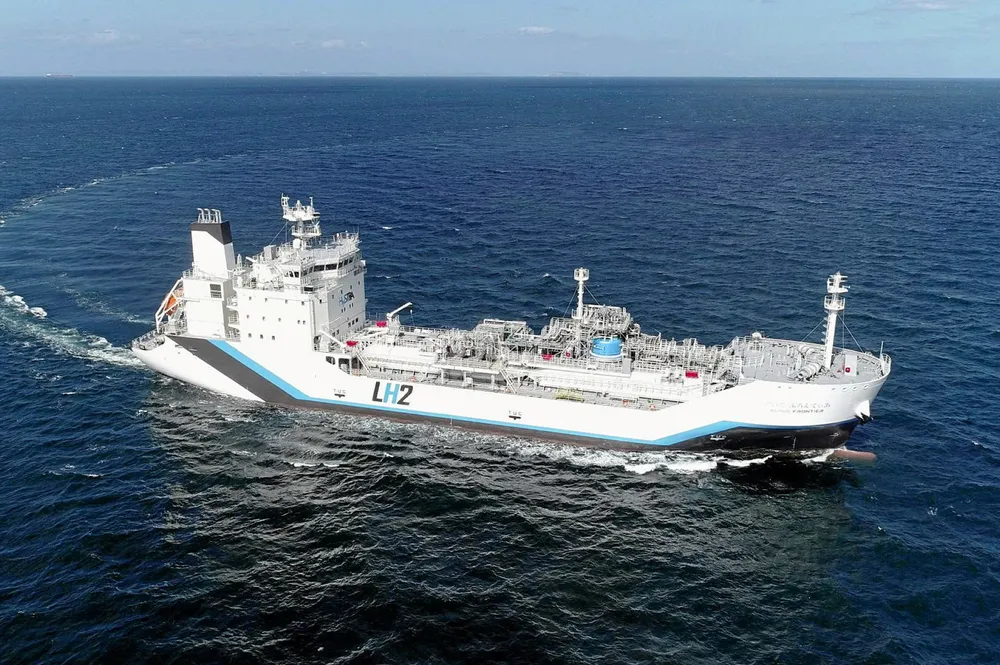Which countries will offer the cheapest green hydrogen and derivatives to Europe in 2030?
Brazil and Australia will be able to provide the lowest-cost ammonia, while India and South Africa may struggle to compete, according to H2Global Foundation study
